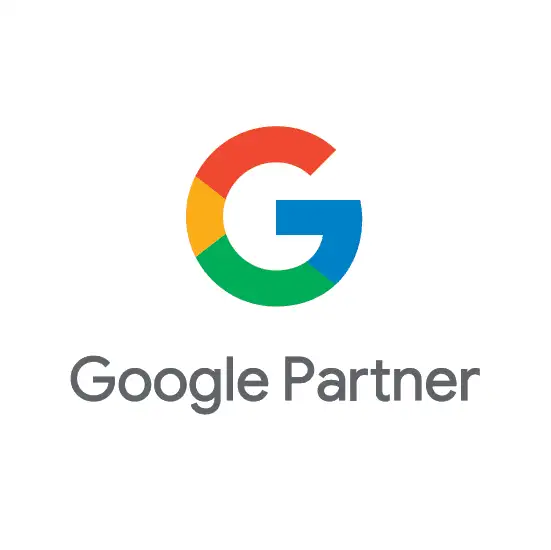Image optimization is challenging because search engines have no ability to comprehend an image by itself. Instead, content creators must be relied on to input machine-readable metadata and descriptions to help search engines interpret image files in a way they can understand. Therefore, effective image optimization techniques are necessary for search engines to perceive your images as relevant to particular keywords. Below is a full explanation of how you can use image optimization to drive relevant traffic to your website.
Keep Alt Text Relevant
Alt text has been the most important factor for image optimization since the dawn of the Internet, and this remains true today. With search engines perpetually engaged in a battle against spam, there is nothing more important than keeping everything natural in the eyes of a search engine. Alt text should be relevant to your desired keyword, but it should be more than just a list of keyword phrases. It is generally recommended to have at least two unrelated words in each alt attribute. Some web professionals encourage the use of an entire sentence, but this is not required from a search engine optimization standpoint. However, you should try to keep your keyword near the beginning of your chosen description.
Set Width and Height Attributes for All Images
Websites that specify dimensions for their images can offer an enhanced user experience by keeping the rendered page stable while large media files load. Setting width and height attributes can enable other objects to load around areas designated for images without triggering undesirable scrolling. Therefore, search engines are favoring websites that use width and height attributes because they can offer a better user experience. Ensure that you use these attributes for all images on your website. When user experience is improved, search engines will be more likely to view the pages associated with your image as relevant.
Minimize File Sizes
Page load times in excess of just two seconds can result in substantial penalties from search engines. Most HTML, CSS, and JavaScript files are just a few kilobytes, but image files can take up several megabytes. Even with a fast connection, large image files can take a few seconds to load. Therefore, you should aim to decrease page load times by compressing images and minimizing their dimensions. However, it is also important to include images that look sharp enough to attract users and search engines. It may be necessary to offer multiple image sizes to strike a balance between these competing demands.
Use Image Captions
There is no correlation between the content of image captions and page rankings. However, users can quickly return to the results page if they do not find what they are expecting. A consistent pattern of returning users could cause search engines to penalize your rankings due to a lack of relevancy. When optimizing content for image search engines, you should ensure that image captions are relevant to the desired topic. Most importantly, you should never use captions for keyword stuffing, since this practice will only penalize your search engine rankings. Captions should be compelling but still relevant to website visitors. You should aim to make image captions interesting to your target audience and honest about page content.
Include Images in Your Sitemap
Most SEO experts are familiar with the need to incorporate metadata about each page into the sitemap of a website. Sitemaps can make it easier for search engines to navigate a website and find relevant content. When optimizing a website for image search results, all image files should be included in sitemaps. Page crawlers can find it easier to index your images when they are easily accessible. Image sitemaps can also increase the chances of your image being included on the image search results pages. Most content management platforms offer plugins that can streamline the inclusion of image metadata into sitemaps.
Use Schema Tags
Search engines require special markup to enables them to understand advanced object attributes. Search engines can perceive an image more favorably if they can know the author, company, and rights associated with an image. Therefore, you should ensure that you make effective use schema tags for each image that you insert on your website. You should use schema tags to specify the rightsholder, file format, and creation date. If you obtained the image from another source, you should specify this using schema tags. When search engines can understand this information, they will be more likely to view your content favorably.
Understanding the Big Picture
In the wake of Google’s Panda algorithm updates, creating shareable content is more important than ever for image optimization. Although it was once possible to rank images with links and keyword stuffing, quality content is essential in today’s world. However, search engines still need to crawl your images and understand their attributes. Therefore, combining quality image content with best practices is a recipe for long-term success in SEO.










